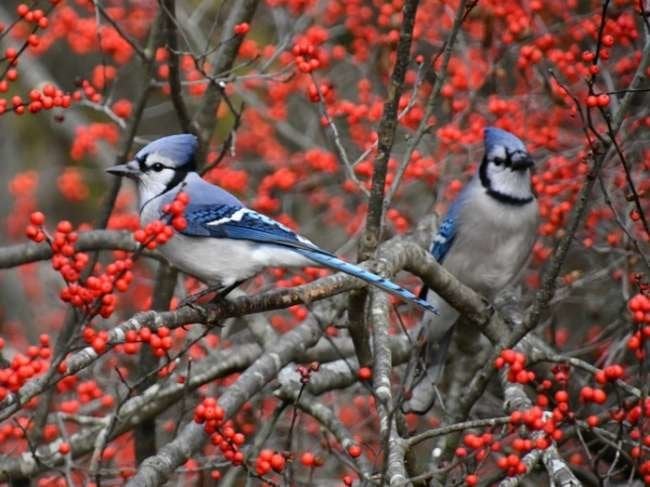

We may earn revenue from the products available on this page and participate in affiliate programs. Learn More ›
Home Advice You Can Trust
Tips, tricks & ideas for a better home and yard, delivered to your inbox daily.
Cultivate an Inviting Landscape
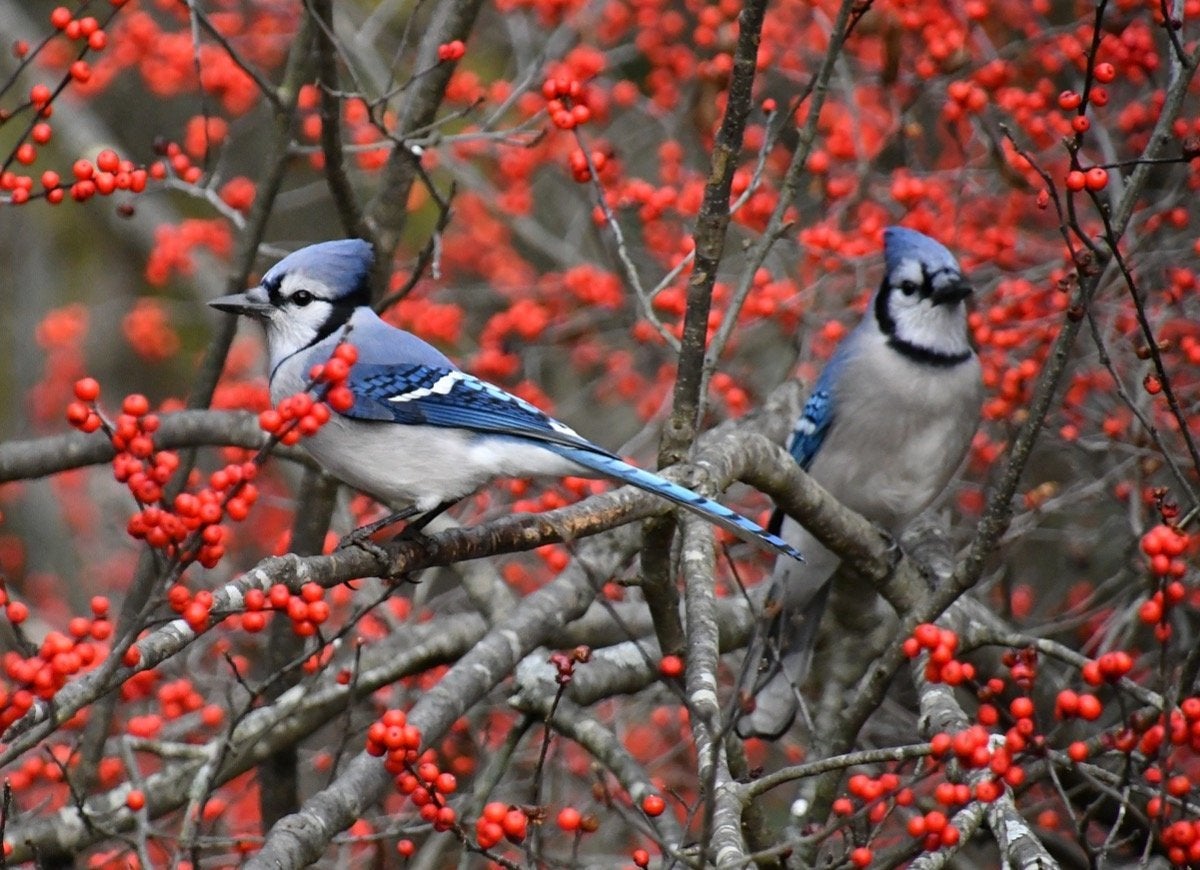
The way you manage your landscape could mean the difference between a lifeless backyard and one that teems with nature. Whether you live on an expansive estate or a postage-stamp-size urban lot, there are plenty of things you can do right now to make your property a vital part of the local ecosystem. Turn your backyard into a wildlife way station with these simple ideas. Along the way, you might just discover that there’s more to a beautiful yard than a perfect lawn.
Put away the pesticides
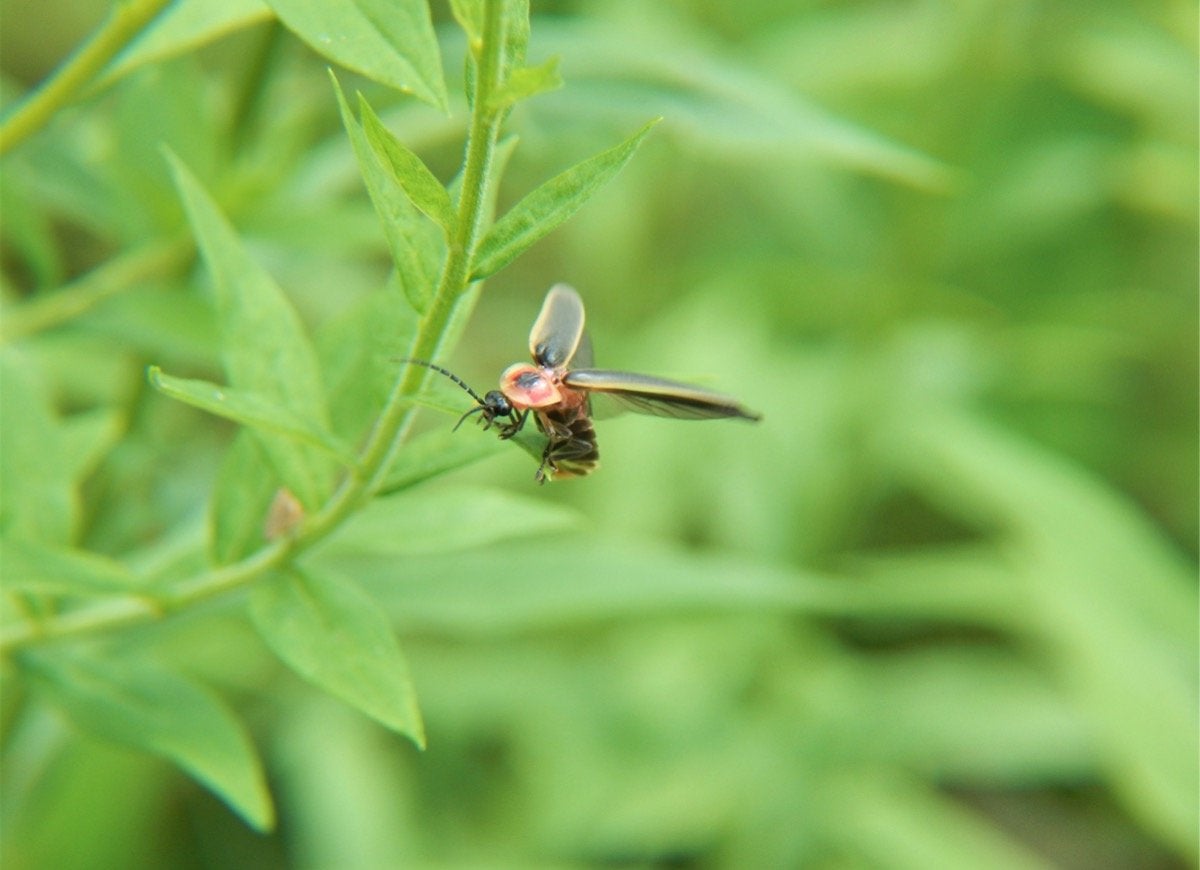
Have you noticed fewer fireflies visiting of a summer evening? The decline of this harmless beetle may be tied to the increased use of pesticides, which affect larvae developing underground as well as adult bugs that come in contact with the chemicals on grass or on their food sources. Instead of applying chemical treatments to your landscaping, choose organic methods like pulling weeds manually and handpicking bad bugs to control weeds and pests.
Install a bat house
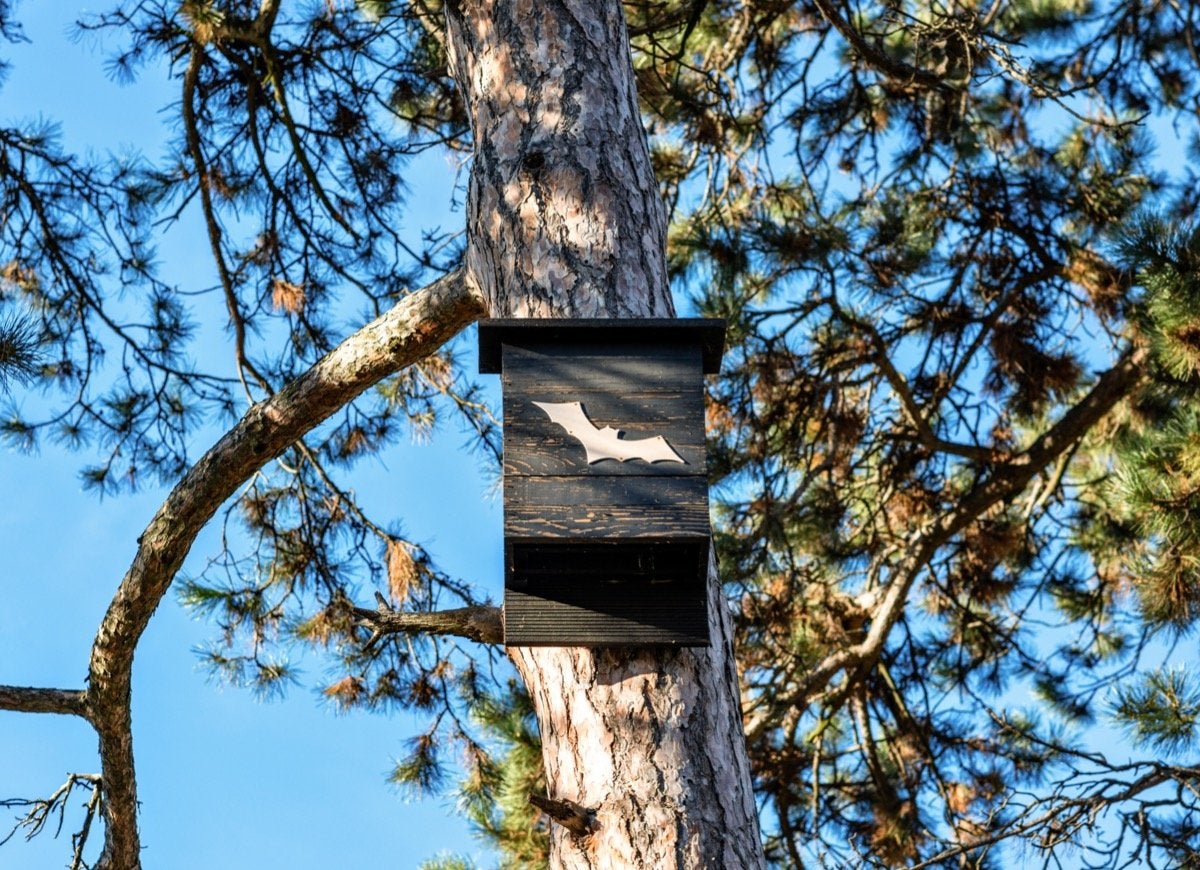
Put away the mosquito spray and instead hang a bat house to control the little biters. One brown bat consumes approximately 1,000 mosquito-size insects every night, and once a bat house is colonized, these nocturnal mammals soar through the air devouring bugs all night long. Despite their bad reputation, bats are shy creatures whose numbers are dwindling as their habitat and food supply decrease. Hang a bat house on a pole or on the side of your house, in a spot 12 to 20 feet high that receives six to eight hours of sun each day.
Grow butterfly host plants
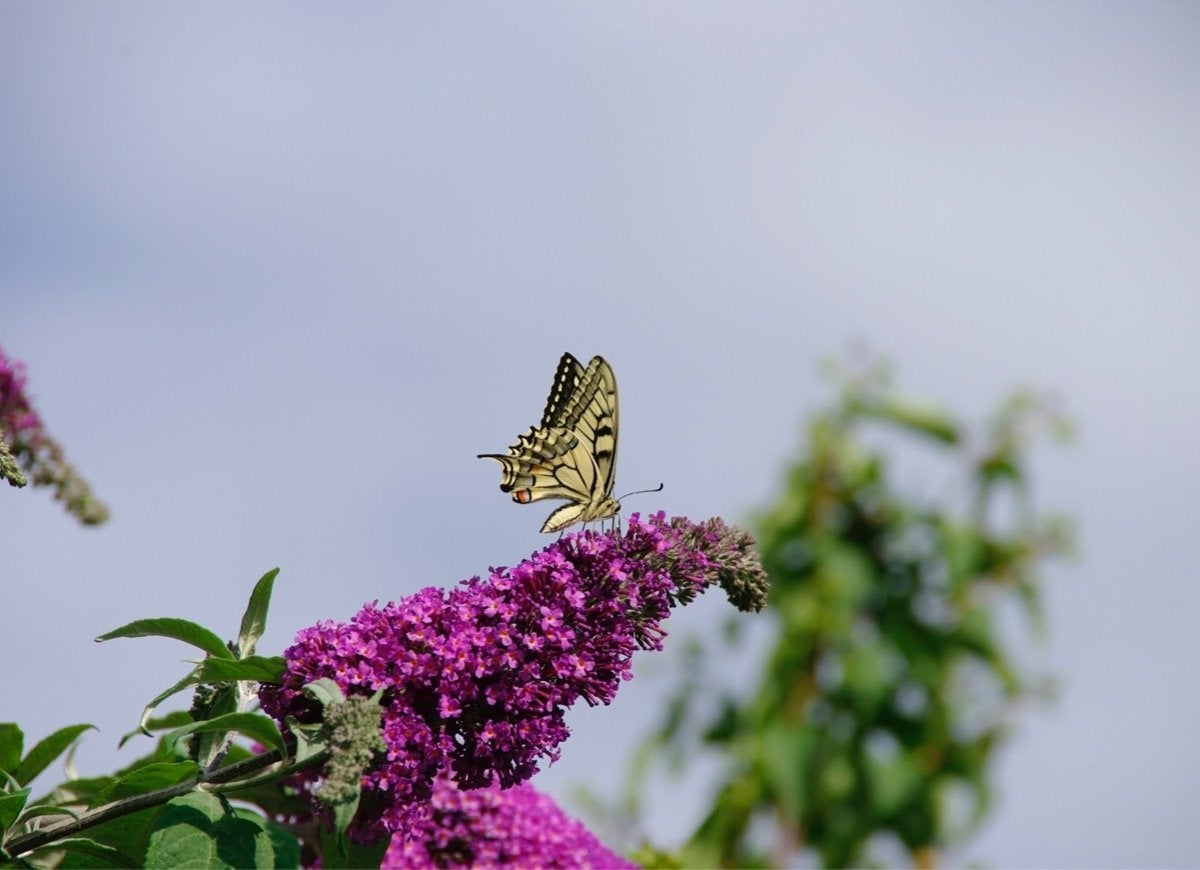
Nectar plants like buddleia (butterfly bush), coneflower, and verbena serve as much-needed food sources for the adult butterfly population. But these graceful insects need more than just nectar to further their species—they also need host plants on which to lay their eggs. Butterfly larvae, or caterpillars, have very specific culinary preferences, and most species feed on only one or two plant species. For example, the monarch butterfly will lay eggs only on milkweed, while the black swallowtail seeks out dill, carrot, fennel, and parsley. Add a few of these plants to your landscape to encourage butterflies to lay their eggs. In the case of vegetables or herbs coveted by both butterflies and humans, grow some for you and a few for them.
Don’t pull all the dandelions

The bane of all lawn perfectionists, dandelions may be the most hated, and also the most determined, weed in the suburban landscape. But for early-emerging pollinators like bees and other beneficial insects, the dandelion is a valuable nectar source until more nutritious blossoms appear. Resist the urge to yank those sunny yellow flowers long enough for the rest of the spring flowers to catch up. Until then, to help keep the pollinators fed, you can always pluck a fluffy dandelion seed head, make a wish, and blow—into your neighbor’s yard, of course!
Plant clover in the lawn
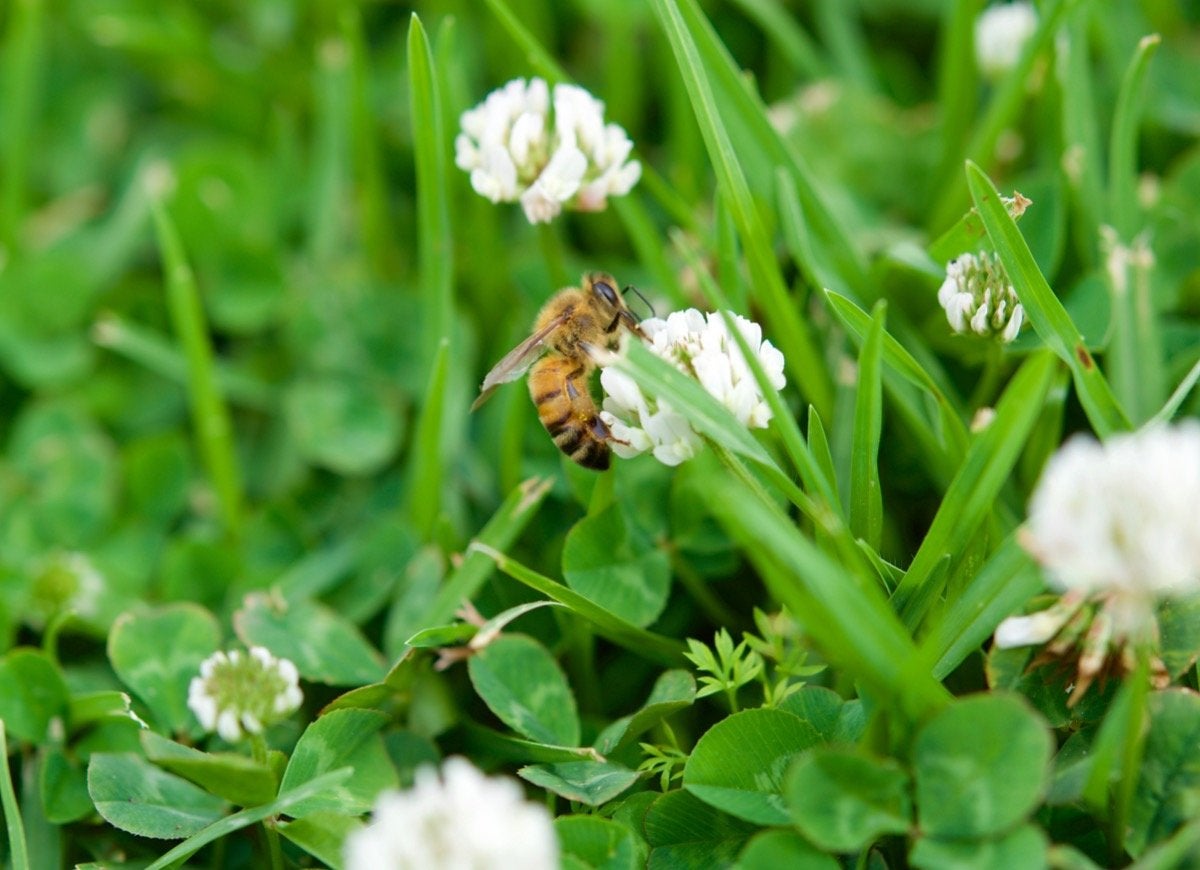
Do the pollinator population a favor and say farewell to a perfect fescue lawn. Lawns are one of the most high-maintenance parts of the landscape, requiring constant cutting, watering, and fertilizing to stay weed-free and green. Rather than seeking perfection, use a clover and grass seed blend for high-traffic areas, and straight clover in less traveled spots. Unlike grass, a clover lawn might need to be mowed just a few times a year, and the dainty white-and-pink flowers it produces are a favorite with honeybees.
Offer nesting materials
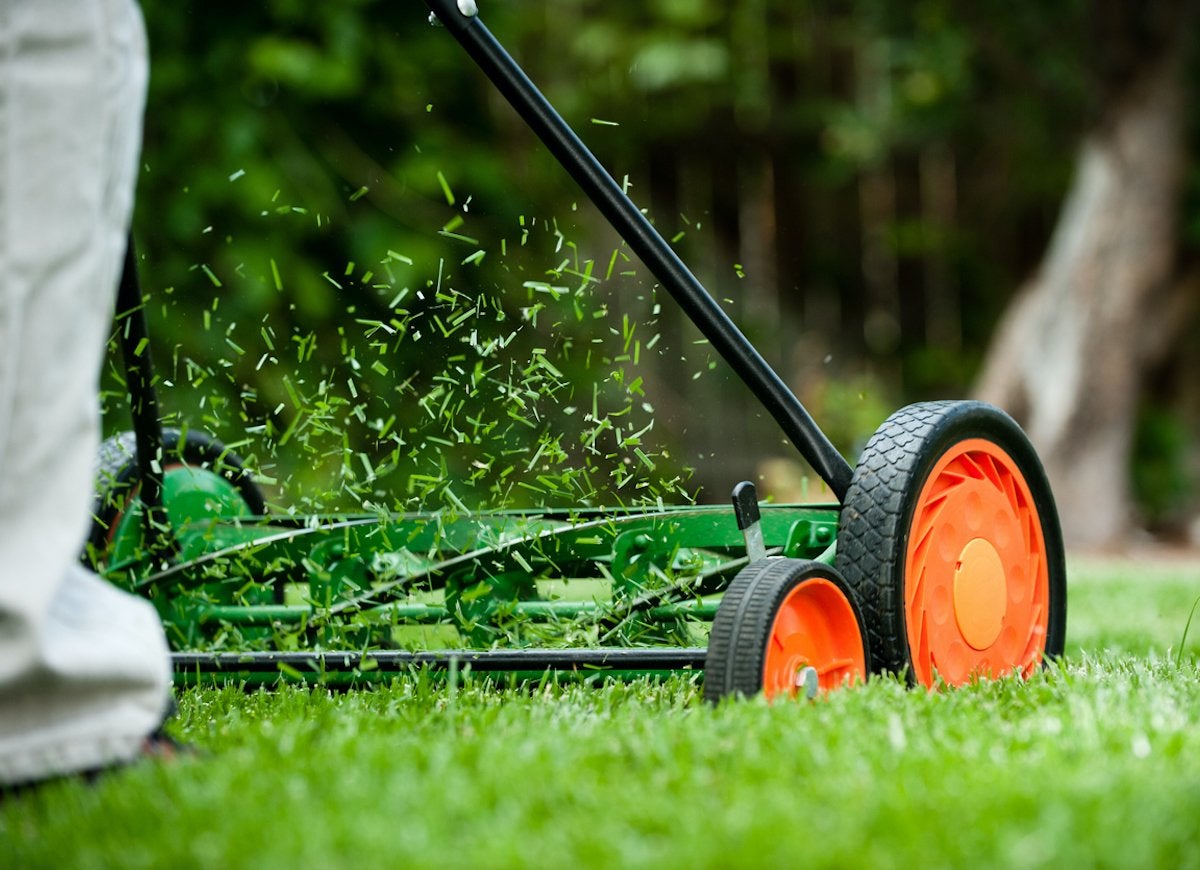
With a few simple practices, you can encourage birds to settle down in your yard. First of all, don’t be so quick to gather up your grass clippings. Instead, leave some on the lawn for birds to use for building their nests. As well, gather up bits of string or yarn, dryer lint, small pieces of cotton ball, and pet fur from around the house, and sprinkle these “supplies” in parts of your yard where birds tend to visit. Consider hanging suet cages around your property, which will attract birds like woodpeckers, chickadees, and warblers.
Keep the cat indoors
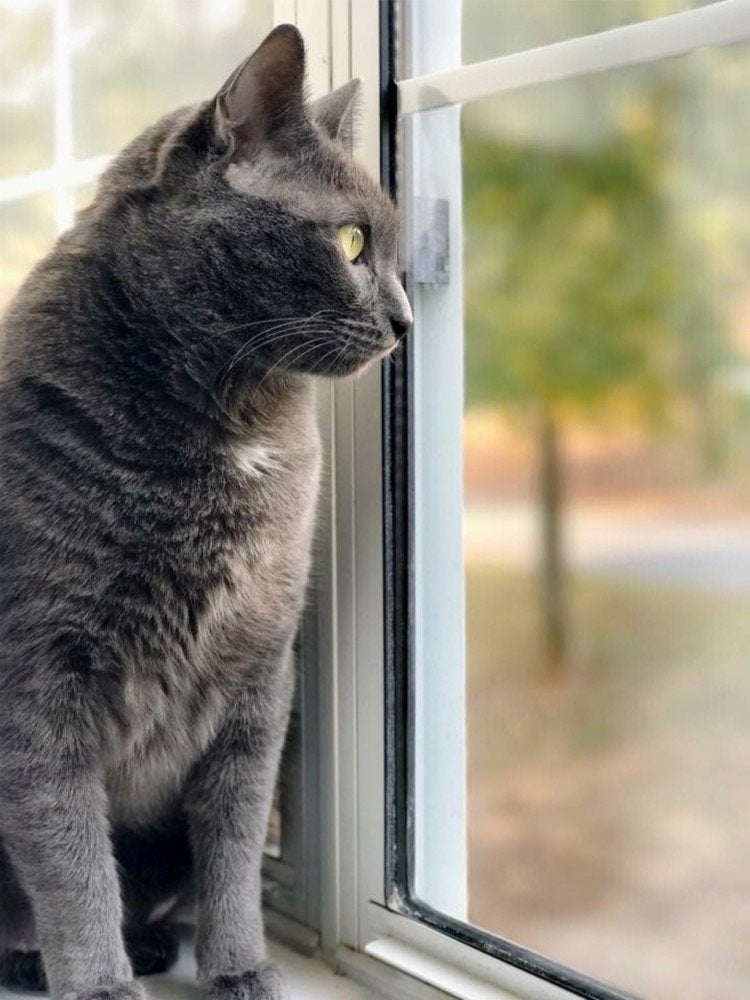
Cats can’t resist hunting, especially in a yard filled with tempting prey attracted by amenities like bird feeders and birdbaths. According to the National Audubon Society, domesticated cats account for 1.4 billion to 3.7 billion bird deaths every year in the continental United States. If you have a cat that likes to be outside, consider building a catio (or a cat patio), dressing your feline in a brightly colored collar to warn off birds, or even attaching a bell to its collar to signal birds to its presence.
Hang bird feeders
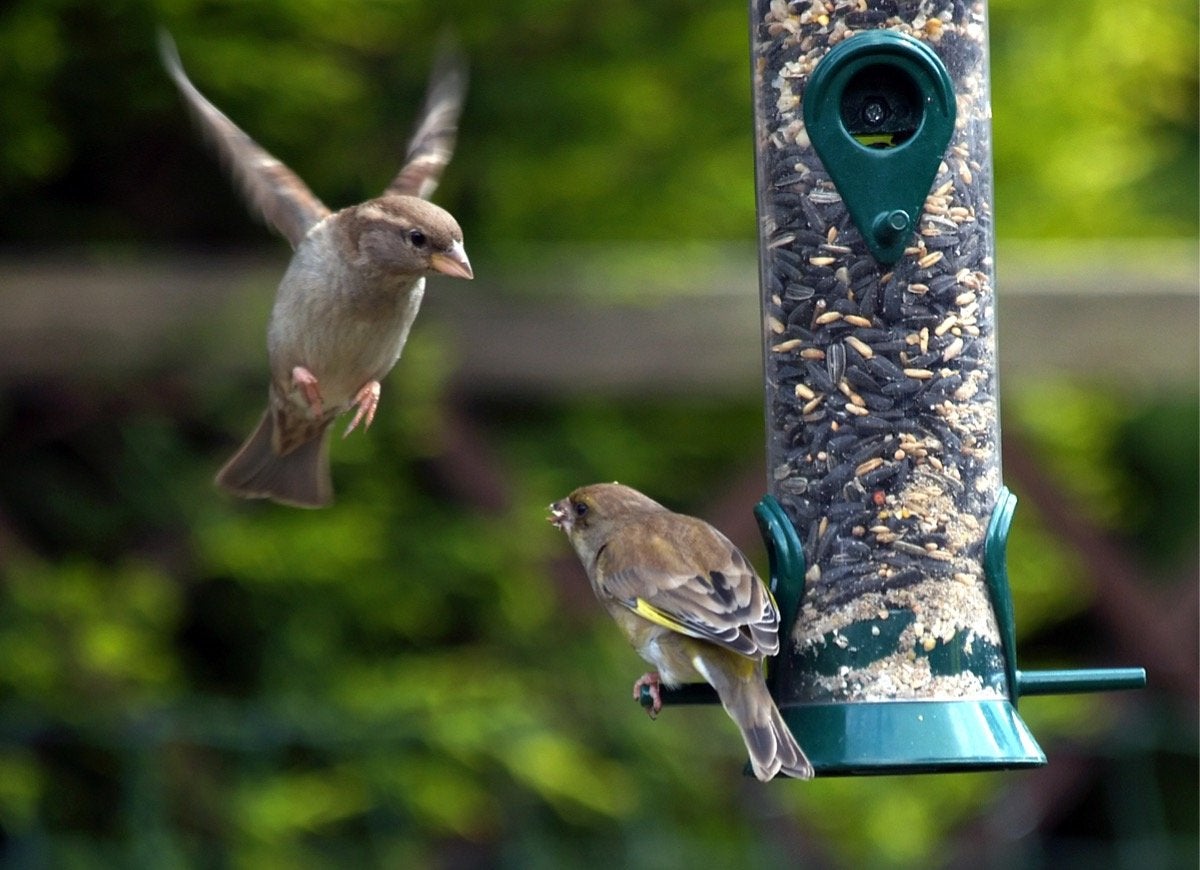
Feeders are a great way to bring birds to your backyard, but keep in mind that different birds are attracted to different foods. Black oil sunflower seeds will attract the widest variety of birds. For American goldfinches, indigo buntings, and pine siskins, hang thistle socks filled with tiny black thistle, or nyjer, seeds around the landscape. Chickadees, titmice, woodpeckers, and jays are nuts for peanuts, while hummingbirds are drawn to feeders filled with sweet nectar. You can either buy the nectar ready to use or save some cash and make your own using a 4:1 ratio of water to sugar. Boil for a minute, allow to cool, and then fill your feeders. Whether you buy or DIY your hummingbird food, skip the red dye, which experts say may be harmful to these birds.
Add a water feature
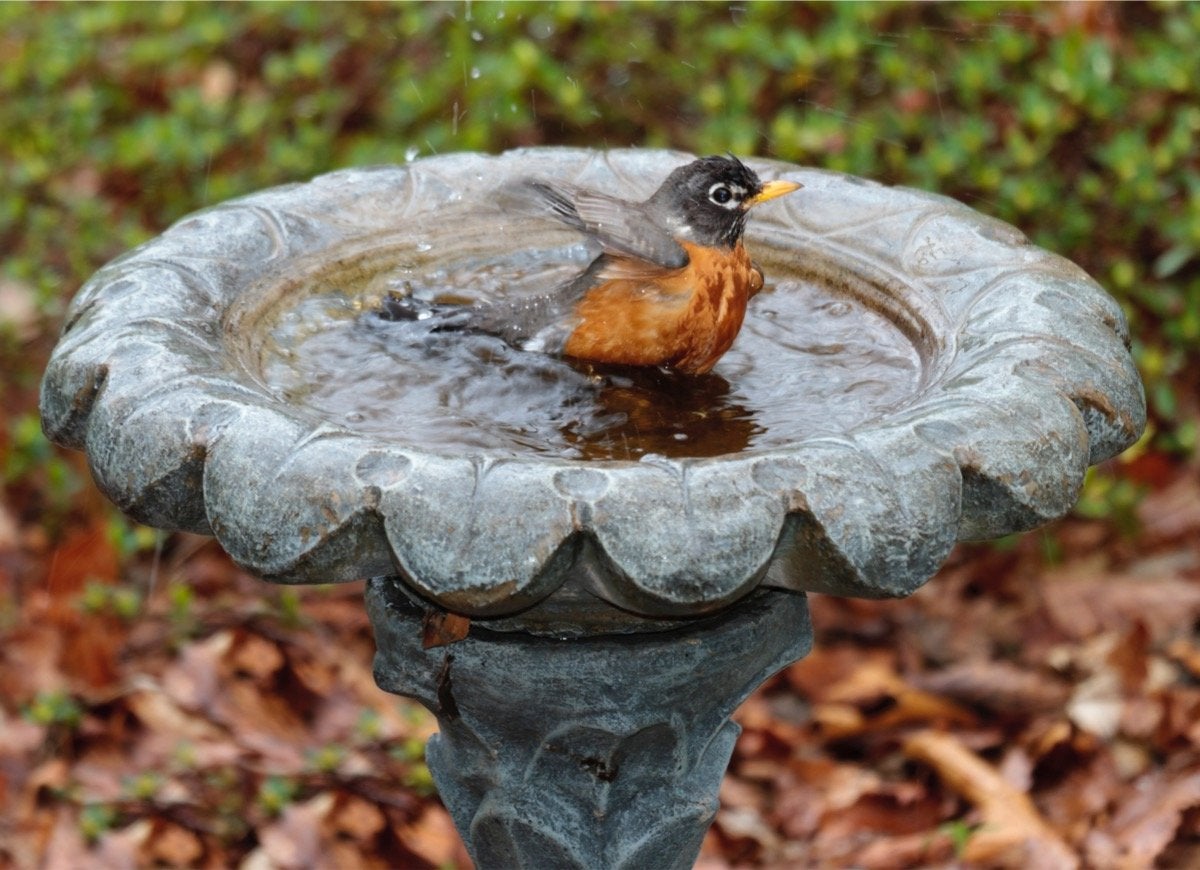
Many creatures rely on surface water like puddles, dew on grass, and raindrops on leaves. But when drought hits, fresh water can be hard to find. Birds will appreciate a clean birdbath located away from low-growing plants and shrubs, where predators like cats can lie in wait to ambush unsuspecting birds. To attract butterflies, offer them “puddling” opportunities in sunny spots where they can slurp water and nutrients from wet sand or soil. A flat rock with a shallow depression is a great place to pack a small amount of sand or soil; keep it wet to encourage winged visitors to stop by.
Plant shelter
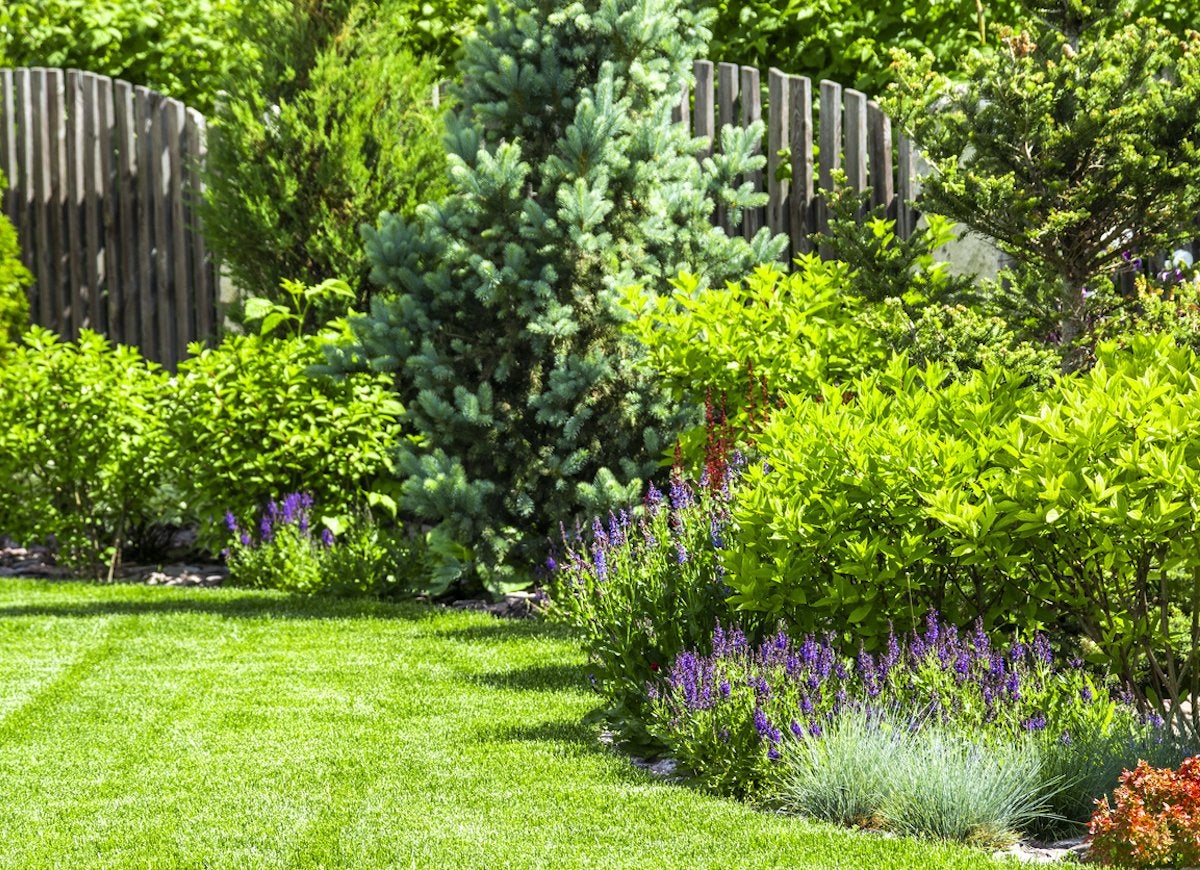
Maintain a combination of deciduous and coniferous trees and shrubs to provide birds with shelter from the elements, safety from predators, and nesting space all year long. Fruit-bearing trees like serviceberry and crab apple have the added benefit of offering a food source that many birds, including cedar waxwings and robins, can’t resist. Incorporate trees and shrubs of various sizes and densities to accommodate both low-nesting and high-nesting birds.
Turn off the lights
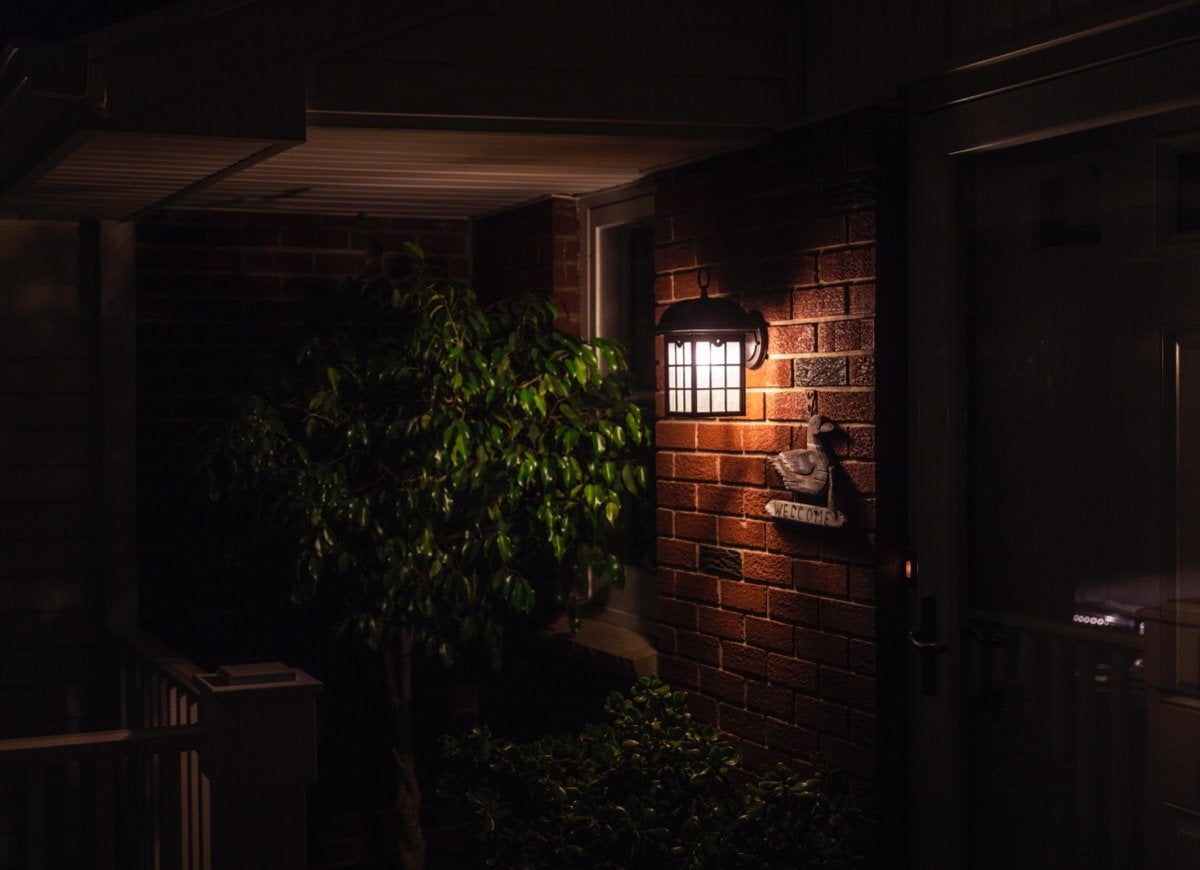
Light pollution, including artificial light from porch lamps and landscape lighting, disrupts the natural biorhythms and reproductive activity of creatures like moths and lightning bugs that sleep during the day and become active at night. As insect populations decline, other creatures like birds and amphibians that rely on them as a food source suffer too. Furthermore, artificial light silences nocturnal wetland creatures like toads and frogs, who croak through the night to attract mates.
Let logs and leaf litter accumulate
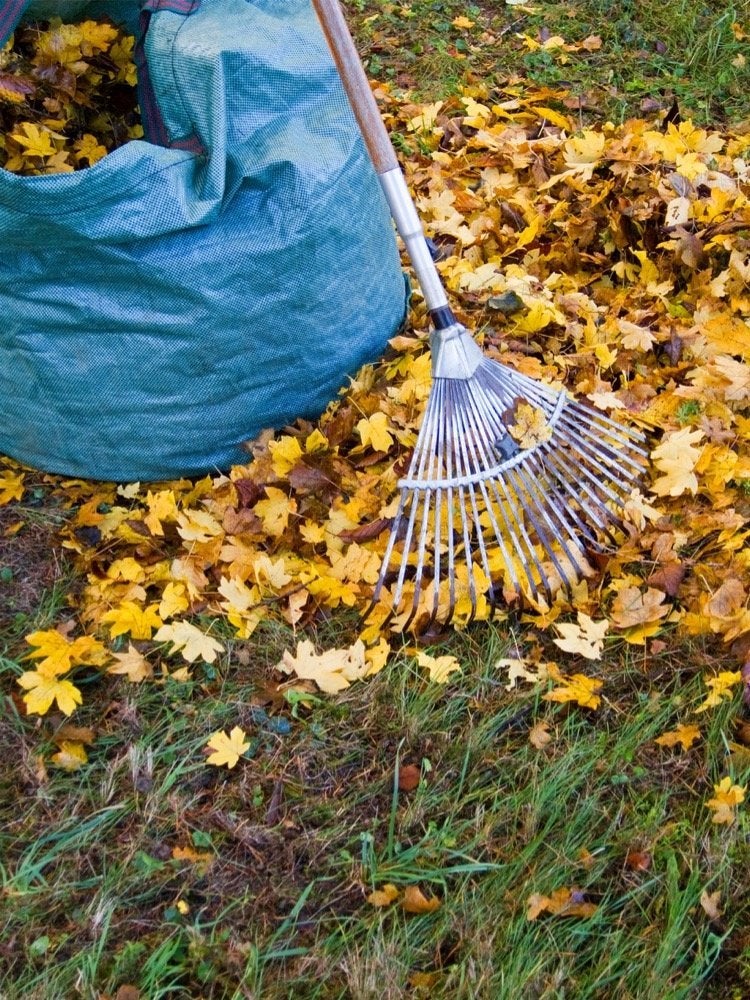
While food sources are vital to any backyard ecosystem, nesting opportunities are also important. Many insect species like lightning bugs and native solitary bees build nests underground, or in dead logs or leaf litter. Consider letting some leaf litter remain at the base of trees or, if you have space, stack a pile of branches in a corner of your yard to encourage bumblebees. Finally, don’t be too hasty with springtime yard cleanup. A little delay will give overwintering caterpillars and other beneficial bugs more time to emerge.

Meet the 2025 Tools of the Year
After months of scouring the market and putting products through their paces, we’ve named the best of the best in new tools. There’s something for everyone, from veteran pros to average Joes.